Garden loosestrife identification and control
Lysimachia vulgaris
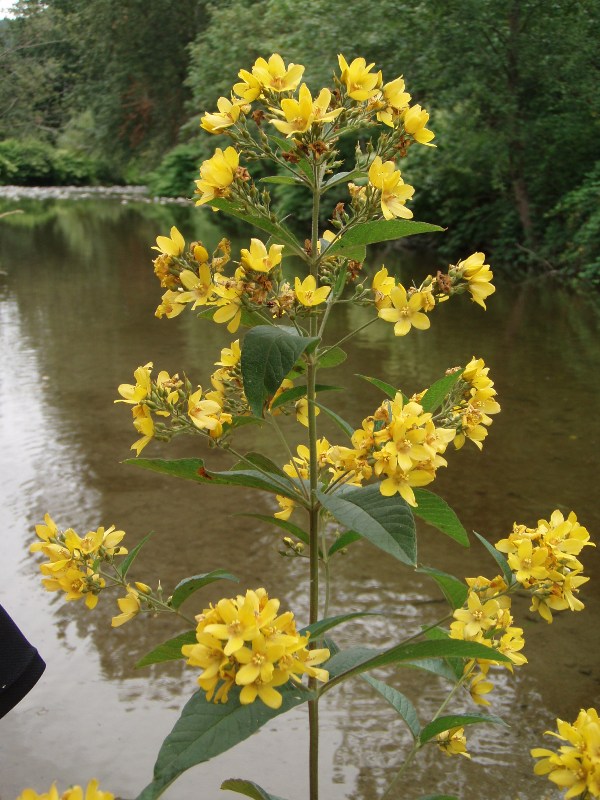
Garden loosestrife, a regulated Class B noxious weed, is a perennial that grows 3-6 feet tall on lakeshores, waterways, and in wetlands in King County. Leaves are lance- or egg-shaped, usually whorled in groups of 3 (sometimes 2 or 4). Leaves and stems are softly hairy. In July-August, yellow flowers, with 5 petals joined at bases and rings of green sepals with orange-brown edges, appear in clusters at stem ends. Reproduces by seed and vegetatively, with rhizomes up to 15 feet long. This plant is highly aggressive, outcompeting established native vegetation and even other weeds.
History and Impact
Garden loosestrife was introduced to North America from Europe as an ornamental in the 1900’s and is now naturalized in wetlands and lakeshores in parts of the northwest, midwest and eastern United States and Canada. Garden loosestrife displaces native vegetation along streambanks, wetlands and shorelines and reduces habitat needed by waterfowl and fish, including several important salmon species.
Although garden loosestrife hasn’t been in our county as long as purple loosestrife, it is slowly building up steam in our part of the world and is even out-competing purple loosestrife in some areas. Once garden loosestrife establishes in an area, it spreads by creeping roots called rhizomes that seem to extend forever and create dense, underground mats that are extremely difficult to remove.
King County has more garden loosestrife than anywhere else in our region and most of it is growing around Lake Sammamish, Lake Washington and the Sammamish River and on Lake Burien. There are also populations of garden loosestrife in the Snoqualmie Valley including one large infestation around the edges of a oxbow slough near Fall City, scattered along the shores of the Snoqualmie River and its tributary the Raging River, on Lake Alice, and in a few other isolated wetlands and roadside locations.
Identification and Look-Alikes
Identifying garden loosestrife (also known as yellow loosestrife) can be confusing, especially by its name. First, although it shares habitat and invasive tendencies with purple loosestrife (Lythrum salicaria), it looks very different and is not even related to this other noxious wetland invader.

Also, garden loosestrife has a closely related look-alike also known as garden or yellow loosestrife (Lysimachia punctata) that is often used as an ornamental in this area. Both have bright yellow 5-petaled primrose-like flowers on tall, softly hairy stems. However, the noxious garden loosestrife has branched flowering stems with flowers clustered near the top of the plant (not just in the leaf axils), less than ½ inch wide, with distinct orange margins along the edges of the sepals, and it is more likely to be found in wetlands than gardens. Garden loosestrife is easiest to identify when it flowers in July and August.
Legal status in King County, Washington
Garden loosestrife is a Class B noxious weed in Washington. Property owners in King County are required to control this plant. This species is also on the Washington quarantine list (known as the prohibited plants list) and it is prohibited to transport, buy, sell, offer for sale, or to distribute plants or plant parts of this species, into or within the state of Washington. It is further prohibited to intentionally transplant wild plants and/or plant parts of this species within the state of Washington. For more information, see Noxious weed lists and laws.
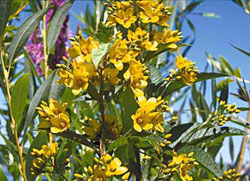
Additional information on garden loosestrife
- Garden loosestrife weed alert (1.01 MB Acrobat file))
- Garden Loosestrife Best Management Practices. Comprehensive information on identification, biology and management of garden loosestrife. (355 KB Acrobat file)
- Washington State Noxious Weed Control Board (external link)
What to do if you find this plant in King County, Washington
Please notify us if you see garden loosestrife growing in King County. Our program staff can provide the property owner or appropriate public agency with site-specific advice on how best to remove it. We map all known locations of regulated noxious weeds such as garden loosestrife in order to help us and others locate new infestations in time to control them.
Garden loosestrife photos
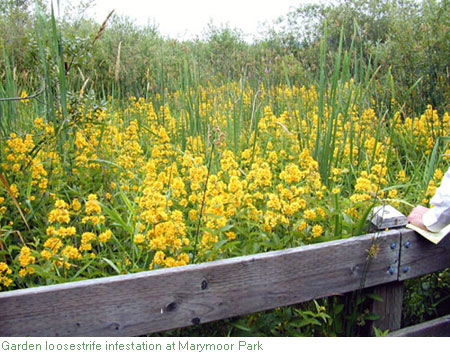
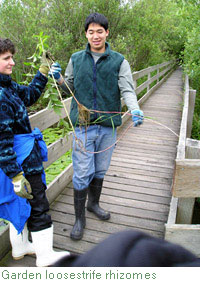
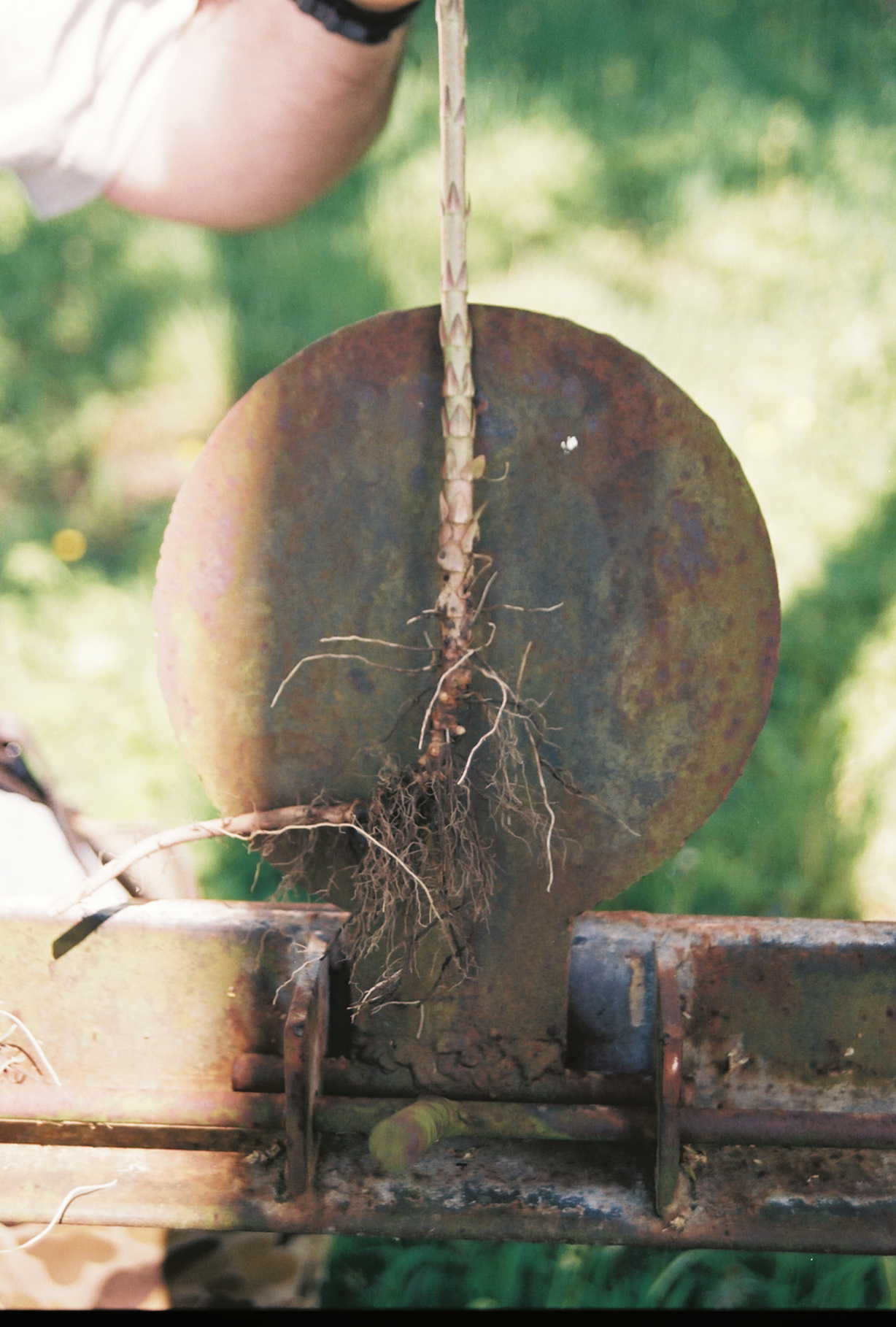
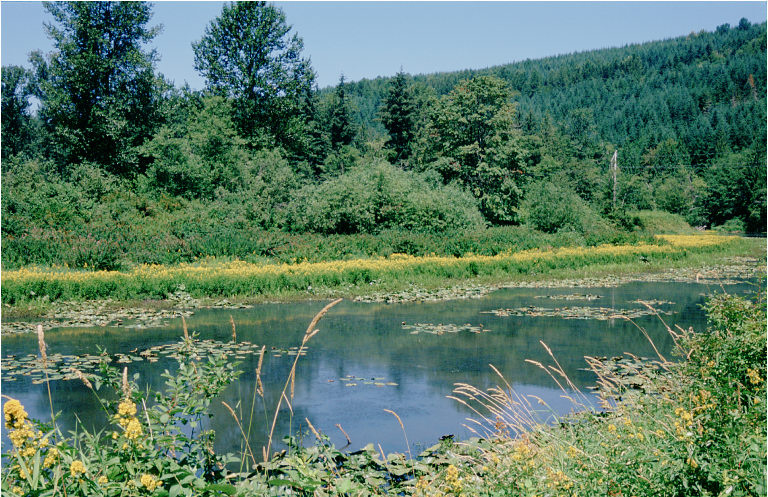
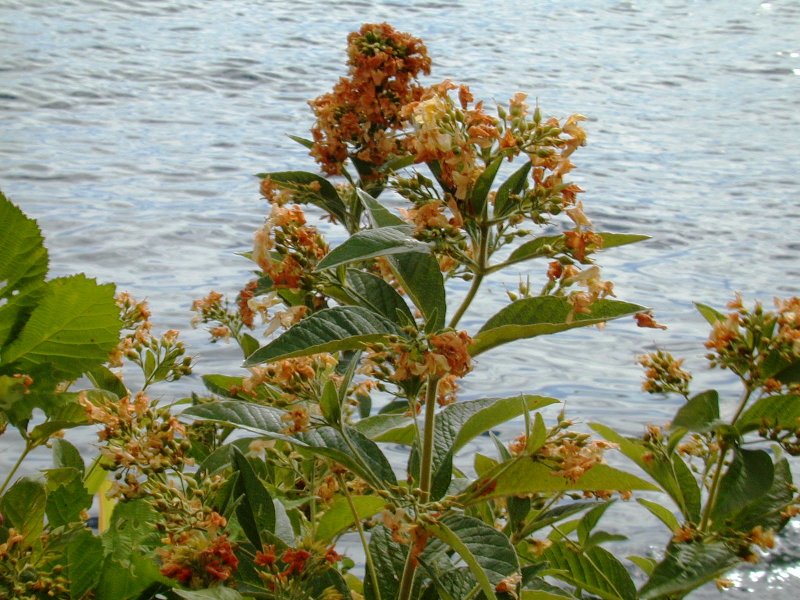
Report garden loosestrife in King County, Washington
- Please notify us through our online infestation form
Locate garden loosestrife in King County, Washington
- Use our interactive noxious weed map and search
for garden loosestrife
Related information
Related agencies
Program offices are located at 201 S. Jackson St., Suite 600, Seattle, WA 98104. To contact staff, see the Noxious Weed Control Program Directory, send an email, or call 206-477-WEED (206-477-9333).

 Translate
Translate